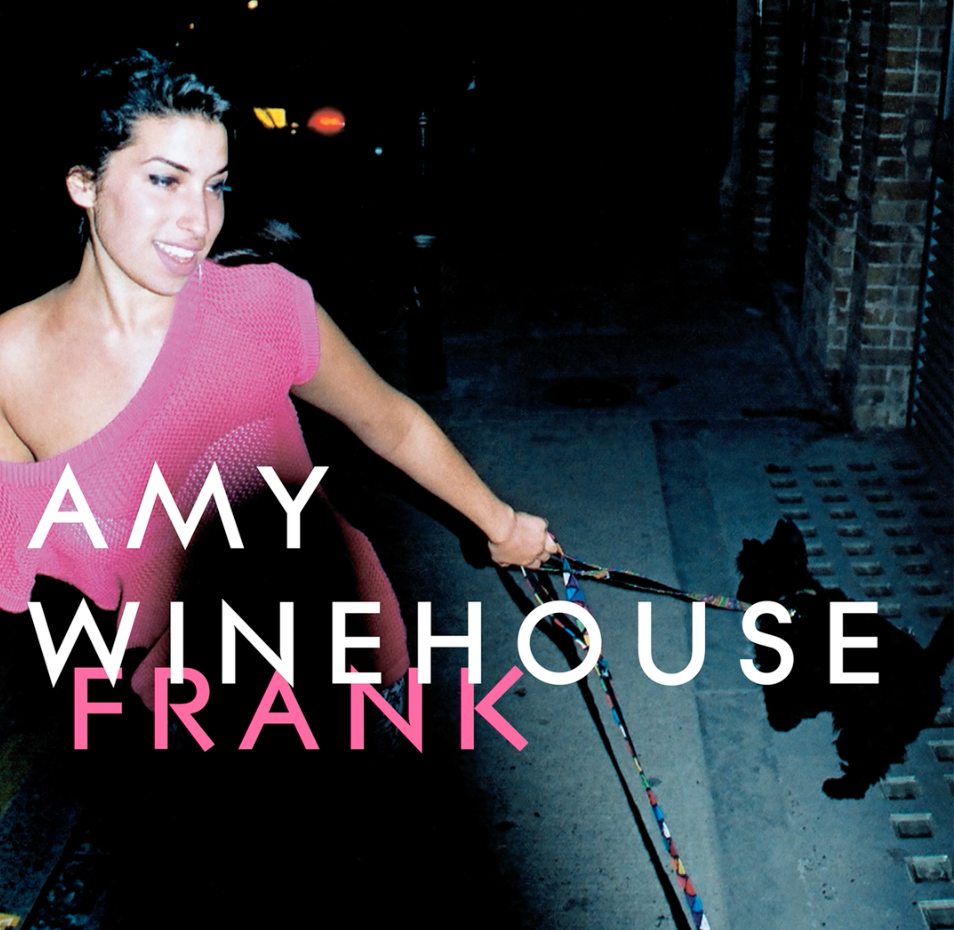Teach This Poem, though developed with a classroom in mind, can be easily adapted for remote learning, hybrid learning models, or in-person classes. Please see our suggestions for how to adapt this lesson for remote or blended learning. We have also noted suggestions when applicable and will continue to add to these suggestions online.

Listen to the song “October Song” by Amy Winehouse.
The following activities and questions are designed to help your students use their noticing skills to move through the poem and develop their thinking skills so they understand its meaning with confidence, using what they’ve noticed as evidence for their interpretations. Read more about the framework upon which these activities are based.
- Warm-up: Quickly write or draw what comes to mind when you think of autumn. Share your ideas with a partner or small group.
-
Before Reading the Poem: Listen to the song “October Song” by Amy Winehouse. What words or phrases from the song stand out to you? How might this song compare to what you wrote or drew at the beginning of class?
-
Reading the Poem: Silently read the poem “October” by Evalyn Callahan Shaw. What do you notice about the poem? Note any words or phrases that stand out to you, or any questions you might have.
-
Listening to the Poem: Enlist two volunteers and listen as the poem is read aloud twice, and write down any additional words and phrases that stand out to you. Or, you can listen to an audio recording of the poem.
-
Small Group Discussion: Share what you noticed about the poem with a small group of students. Based on the details you just shared with your small group and the resources from the beginning of class, how does the poem compare to the song and your writing/drawing. What is the tone and mood of the poem? What makes you say that?
-
Whole Class Discussion: Which two rhyming lines are your favorite? Why? What do you think about the line “Zigzag across the yellow sky” and how it doesn’t rhyme with any other lines? Many poets and writers write about October. Why do you think that this is such a popular time of year? What does this poem say about autumn?
-
Extension for Grades 7-8: (Teachers, cut up the twenty-one lines of the poem and distribute them evenly to students. It is okay to duplicate lines.) What does October mean to you? Try writing a poem that uses one of the lines from the poem. Create an illustration or photo to accompany your poem. Share your poem and image with your classmates in a gallery walk.
-
Extension for Grades 9-12: As discussed in the lesson, October is a popular topic for writers. Choose one poem from this list of October poems. (Teachers, you might want to pre-select the poems and put students into discussion groups.) How does this poem compare to Callahan’s? Why do you think that fall is such a popular theme for writers? Share your thoughts.
“The timing of color changes and the onset of falling leaves is primarily regulated by the calendar as nights become longer. None of the other environmental influences – such as temperature, rainfall, food supply – are as unvarying as the steadily increasing length of night during autumn. As days grow shorter, and nights grow longer and cooler, biochemical processes in the leaf begin to paint the landscape with Nature's autumn palette.” Read more of “Science of Fall Colors” by the U.S. Department of Agriculture, Forest Service.
Personification: is the endowment of inanimate objects, animals, or abstract concepts with animate or human-living qualities. Read more.
